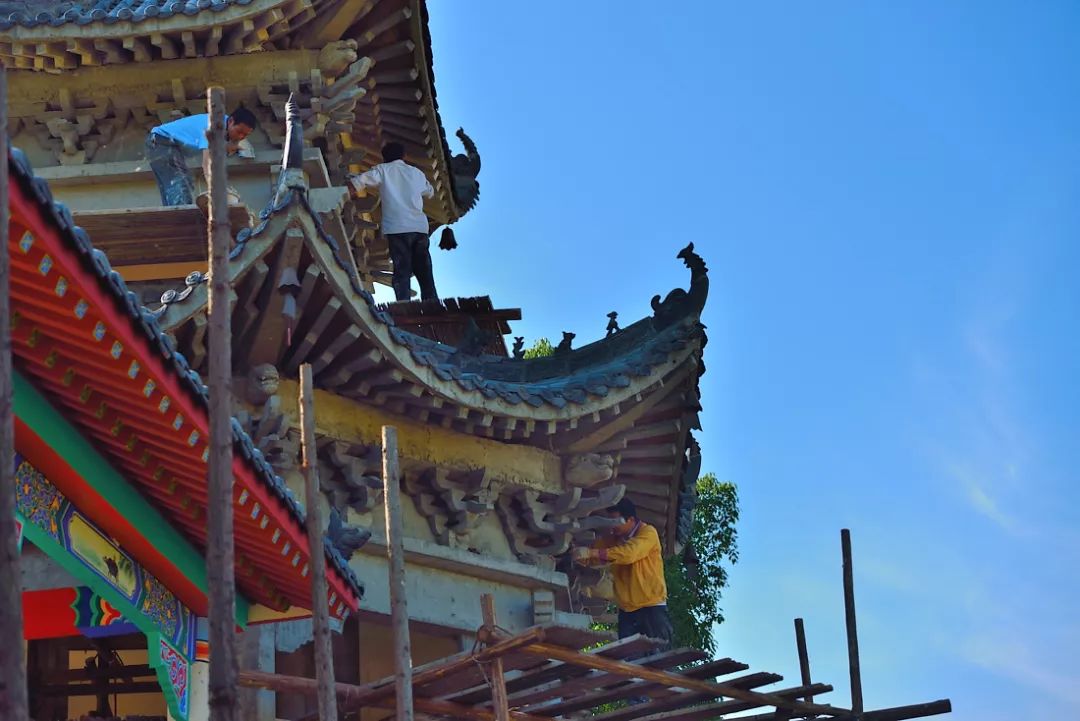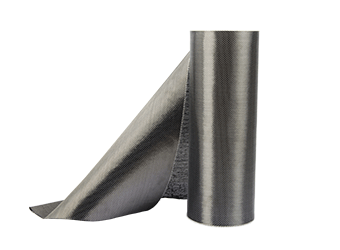Solutions
Horse Construction offers full range of structural strengthening materials with technical supports, documentation supports, products supports, project supports.
Strengthening of Historical Structures with Carbon Fibre Reinforced Polymers (FRP)

Modern historical architecture holds an important position in the history of Chinese architecture and is now receiving increasing attention. Historical buildings effectively reflect our traditional civilization, sometimes even more expressive than the manuscripts passed down.
Modern historical buildings carry precious historical information and are an important part of historical and cultural heritage, with significant historical and cultural value. Most of these buildings with distinctive characteristics of the times have a history of nearly a hundred years, and have been damaged to varying degrees due to long-term exposure to wind, sun, air erosion, and rain, as well as a series of human factors. Some even pose a hidden danger to the safety of the structure; Most of these buildings do not have seismic design and do not comply with current safety standards. In the past, due to a weak awareness of cultural relic protection, these buildings were not effectively protected, resulting in the destruction of the historical information carried by many historical buildings.
Nowadays, with the strengthening of cultural relic protection awareness, the concept of cultural relic protection has been widely accepted by most people. The topic of historical building protection is receiving more and more attention from experts and scholars, and the corresponding building technology, building materials, and restoration theory are also constantly advancing and improving.
How to reinforce and repair ancient buildings?
Protecting ancient buildings and strengthening them is undoubtedly the best method. The development of ancient buildings mainly consists of wooden structures, as well as a portion of masonry structures. When strengthening ancient buildings, consideration should be given to these two types of buildings.
There are significant limitations when using traditional methods to reinforce wooden structures. Firstly, when using conventional reinforcement methods, iron materials will be added for reinforcement. Iron materials are prone to rusting and must undergo rust removal and anti rust treatment before use. This process is labor-intensive and time-consuming, and may cause new damage to the structure.
Secondly, the biggest problem with wooden structures is corrosion and pest damage, therefore, anti-corrosion and pest prevention of wooden structures also need to be considered. In traditional methods, it is commonly used to use low toxicity and efficient anti-corrosion and insect repellents, and the toxic components accumulate over time, which can affect people's health and cause environmental pollution.
Since the development of masonry structure reinforcement, many mature traditional methods have been formed. However, for ancient buildings, conventional methods such as adding buttress columns, adding ring beam structural columns, and reinforced concrete surface layers are not applicable due to their long wet operation time, significant on-site disturbance, and the large space occupied after construction, which can easily cause changes to the original structure. Therefore, new materials and processes should be more widely used in ancient architecture.
Carbon fiber composite materials are highly favored in the reinforcement industry due to their high strength, low density, good corrosion resistance, and durability. In fact, carbon fiber also has extremely high applicability for the reinforcement of ancient buildings.
We all know that the tensile strength and elastic modulus of carbon fiber materials are higher than ordinary steel, which can effectively improve the bearing capacity, stiffness, and seismic performance of structures. This is the foundation for carbon fiber materials to be used for reinforcement. Carbon fiber materials have the advantages of high plasticity and easy cutting to shape. For various ancient buildings with different structures, they can be firmly bonded according to their appearance.
The wooden structure is reinforced with carbon fiber materials, which can also provide high-quality anti-corrosion effects on the structure. Carbon fiber cloth and the epoxy resin adhesive used together have corrosion resistance. For wooden structures, anti-corrosion is a long-term and arduous task. Carbon fiber cloth can not only strengthen wooden structures but also keep them away from corrosion for a long time, which can achieve two goals with one stone.
Of course, the fundamental reason why carbon fiber materials can occupy a place in ancient buildings is still that they comply with the principles of ancient building reinforcement. The carbon fiber reinforcement process is simple, requires small construction space, and has a fast construction period, which can effectively prevent damage to ancient buildings during construction. The construction of carbon fiber materials does not require changes to the original structure such as drilling or nailing, and its lightweight almost does not increase the weight of the structure, almost perfectly complying with the principle of "preservation status".
From this, it can be seen that the reinforcement of ancient buildings with carbon fiber composite materials is more suitable and has great development potential.
You can find anything here you are in need of, have a trust trying on these products, you will find the big difference after that.

High strength, unidirectional carbon fiber wrap pre-saturated to form a carbon fiber reinforced polymer (CFRP) wrap used to strengthen structural concrete elements.

High strength, unidirectional carbon fiber fabric pre-saturated to form a carbon fiber reinforced polymer (CFRP) fabric used to strengthen structural concrete elements.

High strength, unidirectional carbon fiber sheet pre-saturated to form a carbon fiber reinforced polymer (CFRP) sheet used to strengthen structural concrete elements.